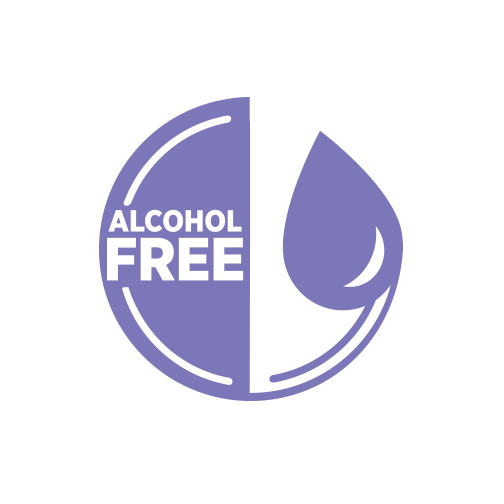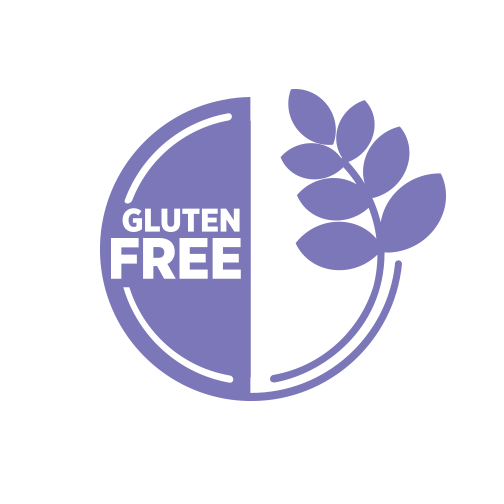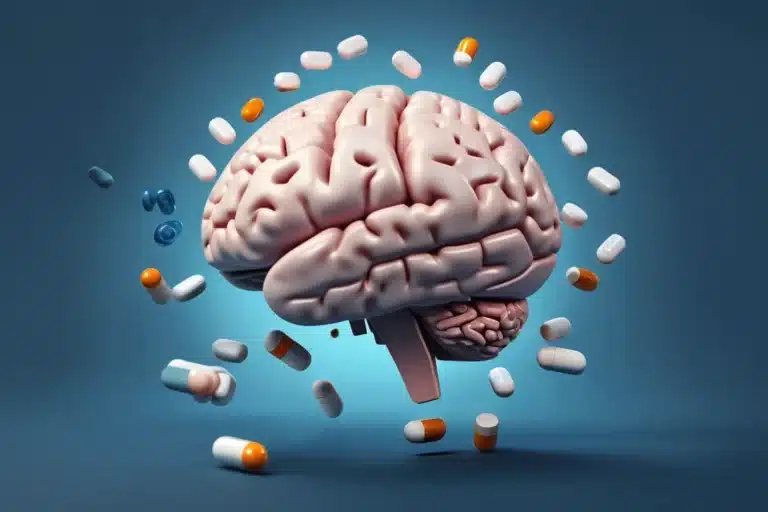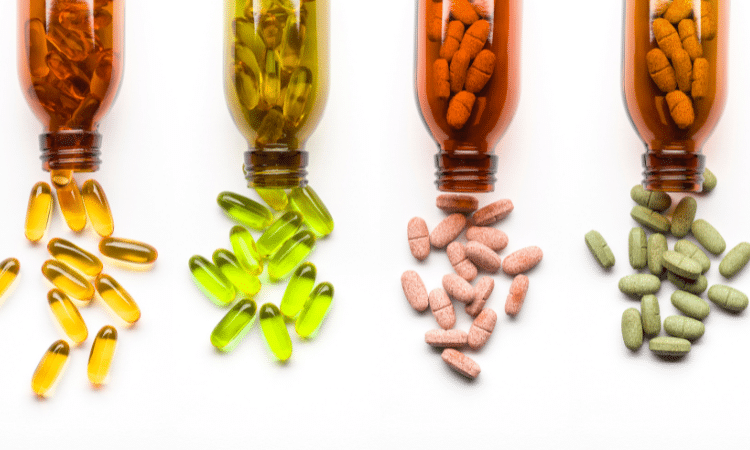Ask your pharmacist about Lubricity!
WHAT IS DRY MOUTH
Dry mouth, namely Xerostomia, is a common medical condition where the salivary glands are unable to produce adequate saliva due to damage, underlying disease, or medical treatment. Dry mouth presents with symptoms such as tooth decay, cracked/fissured lips, mouth sores, difficulty swallowing and speech impairments.
Common Causes of Dry Mouth
- Medication Side effects
- COVID-19
- Sjogren’s Disease
- Diabetes
- Heart Disease
- Sleep Apnea
- Chemotherapy
- Radiation
- Surgery
- Dehydration
- Smoking
- Cannabis Use
- Alzheimer’s Disease
- Parkinson’s Disease
Approximately 1 in 4 people suffer from dry mouth
Lubricity Dry Mouth Spray

Clinically Proven
Lubricity has gone through pre-clinical and clinical studies at the University at Buffalo, Buffalo NY.

FDA Cleared
Lubricity has been cleared by FDA under medical category.

Premium Ingredient
Lubricity is an over-the-counter dry mouth spray with the key ingredient, Hyaluronic Acid, known to have lubricating and moisturizing properties similar to human saliva.
FINALLY!
DRY MOUTH RELIEF THAT LASTS
Lubricity is a flavorless, odorless solution that alleviates the symptoms of dry mouth. It provides a soothing, moist feeling for up to 4 hours per use when used as directed.

Up to 4 Hours of Relief
When used as directed, Lubricity is fast-acting and provides up to 4 hours of symptomatic relief.

Maximum Efficacy
The maximum effectiveness experienced after 72 hours with consistent use as directed.

3-5 Sprays Per Use
Pump 3-5 sprays after meals and before sleep.
Recommended Use
3-5 sprays as needed. Apply after breakfast, lunch, dinner, and before bedtime for up to 4-hours of long-lasting relief.
Features

Sugar Free

Alcohol Free

Gluten Free

Zero Calories

Vegan Friendly











